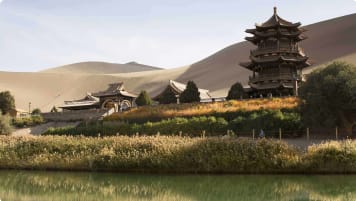Ulaanbaatar, Mongolia
Ulaanbaatar, Mongolia Mongolia’s Capital of Ulaanbaatar is a city whose history is written in its landscape, architecture and people. Located at 1,350 m (4,430 ft) above sea level and close to the river Tuul, Ulaanbaatar…
2 Mar 20 · 3 mins read
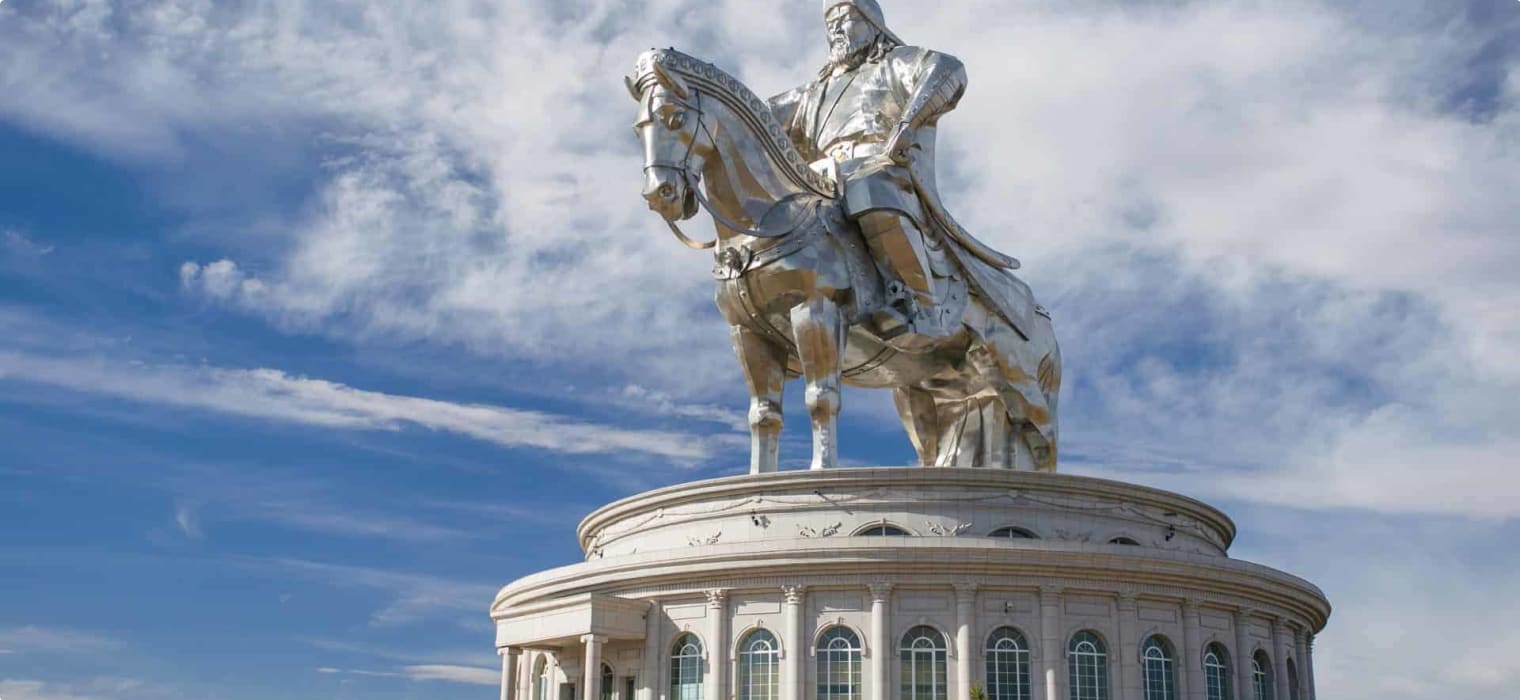
Ulaanbaatar, Mongolia
Mongolia’s Capital of Ulaanbaatar is a city whose history is written in its landscape, architecture and people. Located at 1,350 m (4,430 ft) above sea level and close to the river Tuul, Ulaanbaatar looks out onto the wilderness of the southern steppe, flanked by the forested Bogd Khan Uul mountain to the north, one of the world’s oldest natural reserves. Housing 1.3 million people, Ulaanbaatar comprises nearly half the sparsely populated nation’s people, making it Mongolia’s cultural, political and economic hub.
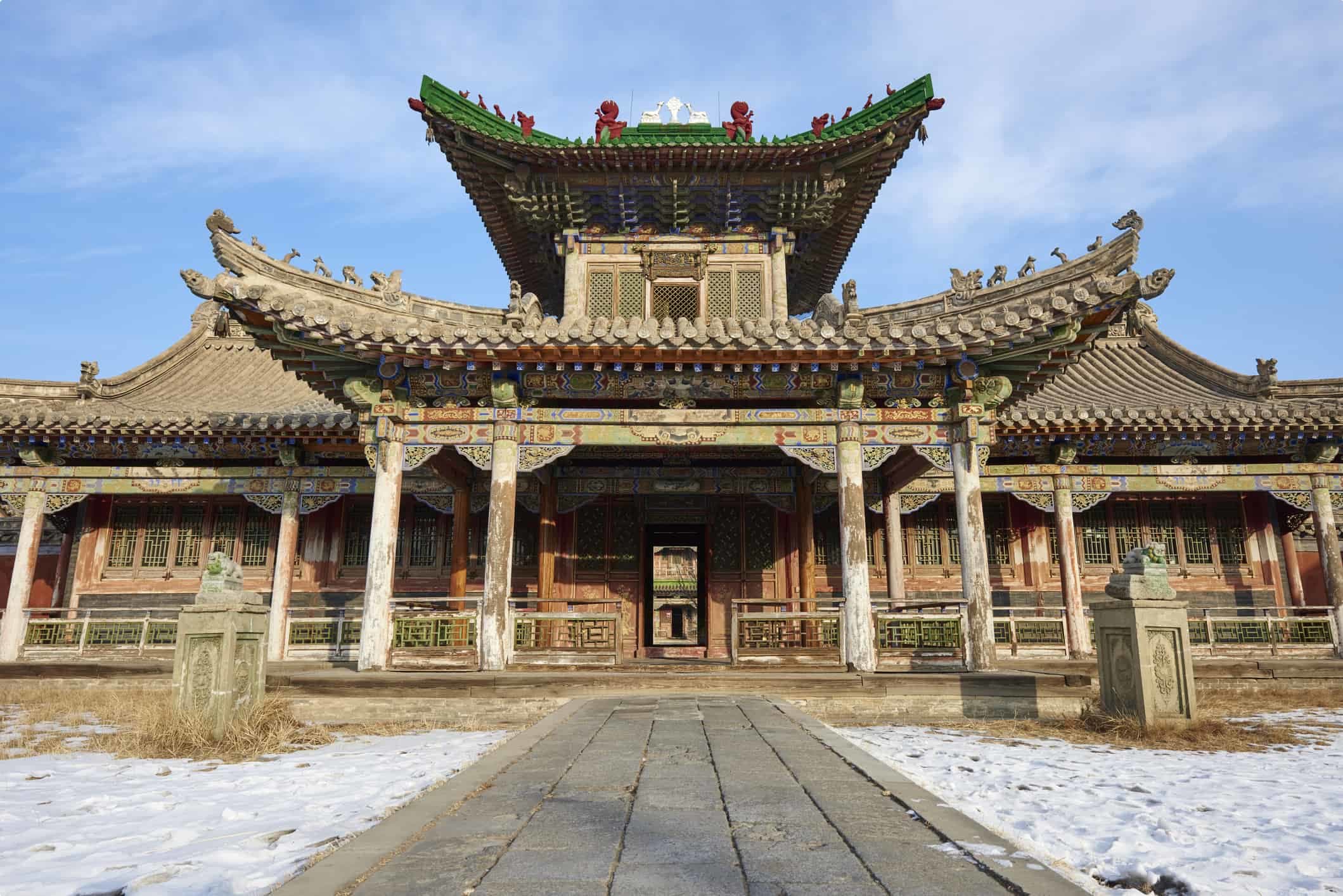
Settlement and History
The long nomadic traditions of the Mongolian people are reflected in the founding of its capital, which traces its origins back to the establishment of a yurt Buddhist monastery in an area near the old imperial capital of Karakorum around 1639. The monastery moved from place to place over the years, though as the population began to grow it came to move less frequently until settling in its present-day location around 1778. Despite enduring a long history of Chinese occupation under the Qing dynasty, the nomadic Mongolian region did enjoy a level of autonomy that allowed them to retain their culture and traditions over the years. Following the 1727 Treaty of Kyakhta, the region even experienced a level of prosperity as a trade thoroughfare between China and the Russian Empire, facilitating the flow of goods such as furs, cloth and tea. Chinese occupation persisted until Mongolia declared independence in 1911 following the collapse of the Qing Empire, though this independence was short lived, with occupation changing hands multiple times in the post-independence period between Chinese, Tsarist and Soviet forces. The name of the capital Ulaanbaatar, meaning ‘Red Hero’ was chosen in 1924 over the popular alternative ‘Baatar Khot, or ‘Hero City’, marking a period of history influenced heavily by the Soviet Union, which came to succeed the Qing for most of the 20th century, establishing a Mongolian satellite state that remained until 1990.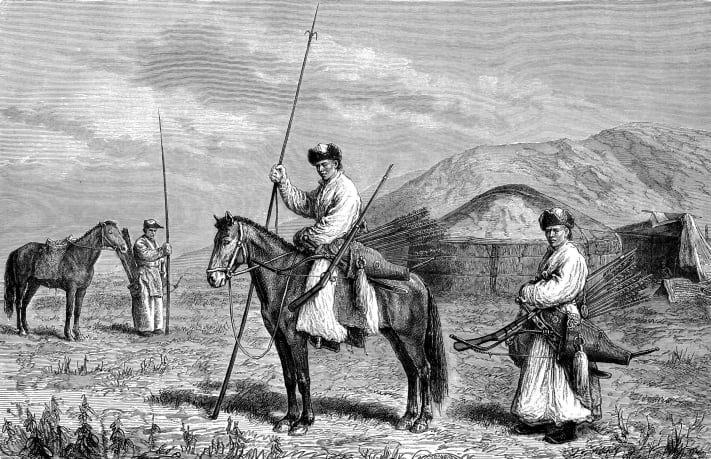
Modern Ulaanbaatar
Today Ulaanbaatar city bears the marks of both its history and vital present, with its functionalist 1960’s Soviet style architecture being the most visible reminder of its recent past. The discovery of $1.3 trillion in mineral reserves has sparked a boom in recent years, drawing thousands of Mongolians and foreigners alike to Ulaanbaatar in movement reminiscent of a gold rush. Alongside this influx of people has been a revitalization of the city centre, now sporting many of the amenities and luxury retail chains reminiscent of other large urban capitals.
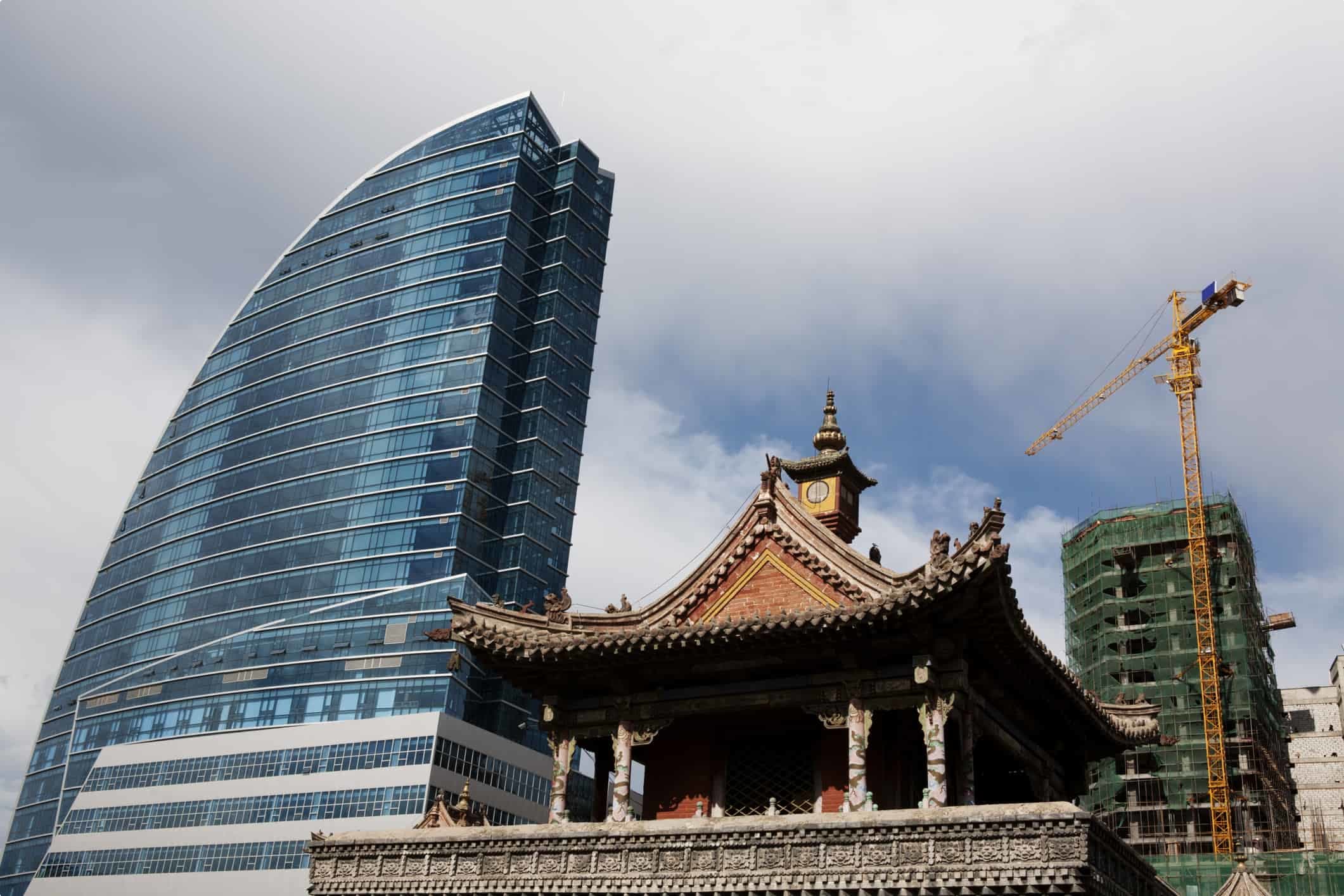
Sightseeing and Local Attractions
If you’re visiting Mongolia one of the most interesting times of year is during the Naadam festival, which comes around annually from the 11-15 of July. Nadaam is a national festival which showcases a series of three main events, being traditional wrestling, horseback riding and archery, the event attracts people from all over the region and is the busiest and most exciting time of the year to experience Ulaanbaatar. While you’re there you may want to check out Sühbaatar Square, this is the central plaza of the city featuring statues of Genghis, Ögedei and Kublai Khan, as well as the government palace, national theatre and national museum. Other popular destinations for a city tour include the Gandantegchinlen buddhist temple, the Winter Palace of the Bogd Khan, Gorkhi-Terelj National Park or the statue of Genghis Khan roughly 50km east of the Capital, where according to legend the Khan found a golden whip. If you’re interested in discovering more about Central Asia, you might consider hopping on a train along the Trans-Mongolian railway, these journeys offer beautiful views of the scenery and landscapes stretching from the desert to the steppe. It is important to note that the Capital of Mongolia is the coldest in the world, with a yearly average 0.4 C (31.3 F) so remember to pack accordingly, with this in mind it is best to avoid the winter months as the average temperature of -24.5 C (-12.5 F) is not for the faint of heart.
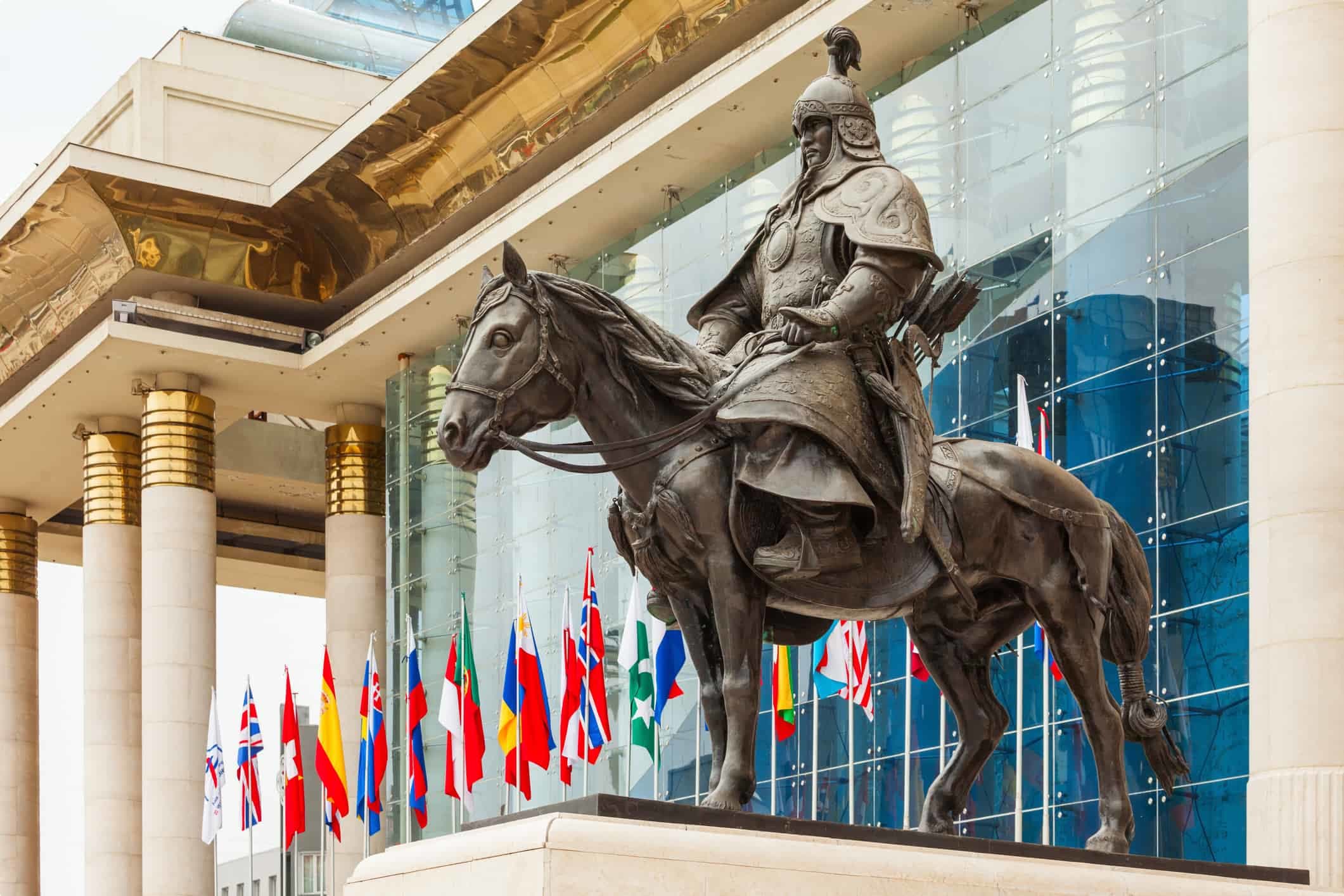
Articles about Mongolia Published by Odyssey Travel
- History of the Trans-Mongolian Railway
- Dinosaurs and Dinosaur Fossils
- Questions about Mongolia: The Definitive Guide for Senior Travellers
- History of the Trans-Siberian Railway
- Trans-Siberian Landscapes and Wildlife
- Lake Baikal, Russia
- Trans-Siberian Railway Travel Advice
For all the articles Odyssey Traveller has published for mature aged and senior travellers, click through on this link.
External articles to assist you on your visit to Mongolia
- Nadaam Festival – The Three Games of Mongolia.
- From Yaks to Yurts: An Introduction to Mongolian Food.
- The Guardian: Film director Otto Bell on ‘Why I Love Mongolia’.
- How to travel on the Trans-Siberian Railway
Related Tours
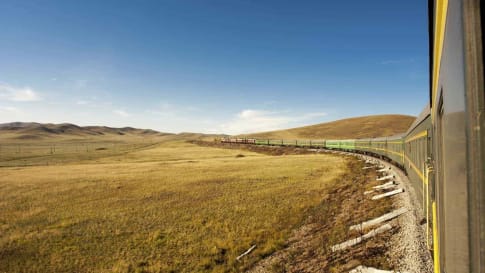
days
JulJourney through Mongolia and Russia small group tour
Visiting Mongolia, Russia
This escorted small group tour traverses this expanse, from Ulaanbaatar to St Petersburg; from the Mongolian Steppes to Siberian taiga and tundra; over the Ural Mountains that divide Asia and Europe to the waterways of Golden Ring. Our program for couples and solo travellers uses two of the great rail journeys of the world; the Trans Mongolian Express and the Trans Siberian Express.
From A$17,850 AUD
View Tour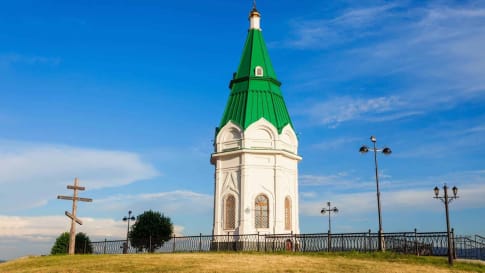
days
Oct, MayHelsinki to Irkutsk on the Trans-Siberian Railway
Visiting Finland, Russia
Escorted tour on the Trans-Siberian railway network from West to East starting in Helsinki and finishing in Irkutsk after 21 days. This is small group travel with like minded people and itineraries that maximise the travel experience of the 6 key destinations explored en-route. Our small group journeys are for mature couples and solo travellers.

days
Apr, AugIrkutsk to Helsinki on the Trans-Siberian Railway
Visiting Finland, Russia
Escorted tour on the Trans-Siberian railway network from East to West starting in Irkutsk and finishing in Helsinki after 21 days. This is small group travel with like minded people and itineraries that maximise the travel experience of the 6 key destinations explored en-route. Our small group journeys are for mature couples and solo travellers.
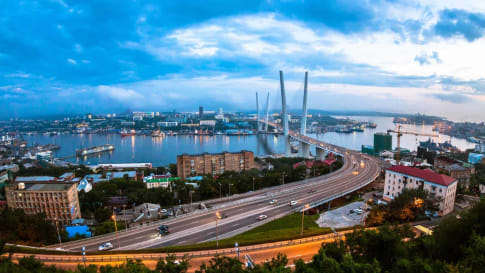
22 days
OctKrasnoyarsk to Vladivostok on the Trans-Siberian Railway
Visiting Russia
Mature and solo travelers group Travel on the Trans-Siberian Railway for 22 days covering the second half of the Trans-Siberian journey, from Vladivostok to Krasnoyarsk to Vladivostok on the edge of Siberian Russia Small group journeys with a tour leader, explores 5 key cities with local guides providing authentic experiences in each with stops of 2-3 nights.
From A$12,650 AUD
View Tour
22 days
Apr, AugVladivostok to Krasnoyarsk on the Trans-Siberian Railway
Visiting Russia
Mature and solo travelers group Travel on the Trans-Siberian Railway for 22 days covering the second half of the Trans-Siberian journey, from Vladivostok to Krasnoyarsk in the heart of Siberian Russia Small group journeys with a tour leader, explores 5 key cities with local guides providing authentic experiences in each with stops of 2-3 nights.
From A$12,560 AUD
View Tour